1 × $1,520.99
Subtotal:
$1,520.99

Looking back at the earlier years of the Ford Fairlane takes you back to the day when auto manufacturers brought significant design changes to models year by year…until they realized it wasn’t cost efficient to do so. But if they hadn’t, we wouldn’t have so many models to remember and revere.
The brand-new Fairlane came with what everyone knows as the “Fairlane stripe,” which ran front to back, and it made every car look somehow more dramatic. It also made it easy to create two-tone models, which Fairlane did beautifully. When it debuted, it became Ford’s top full-size car, replacing the Crestline.
In a sense, it’s all about the stripe for the early Fairlane models.
The 1955 Ford Fairlane is a showcase of art on wheels, from the chrome eyelash headlights to the rear fenders and taillights. The Fairlane stripes started on the top of the front fender, above the headlights, headed toward the windshield, drooped down the front door—where they expanded somewhat—then made a V-line as they raced along, halfway up to the taillights.

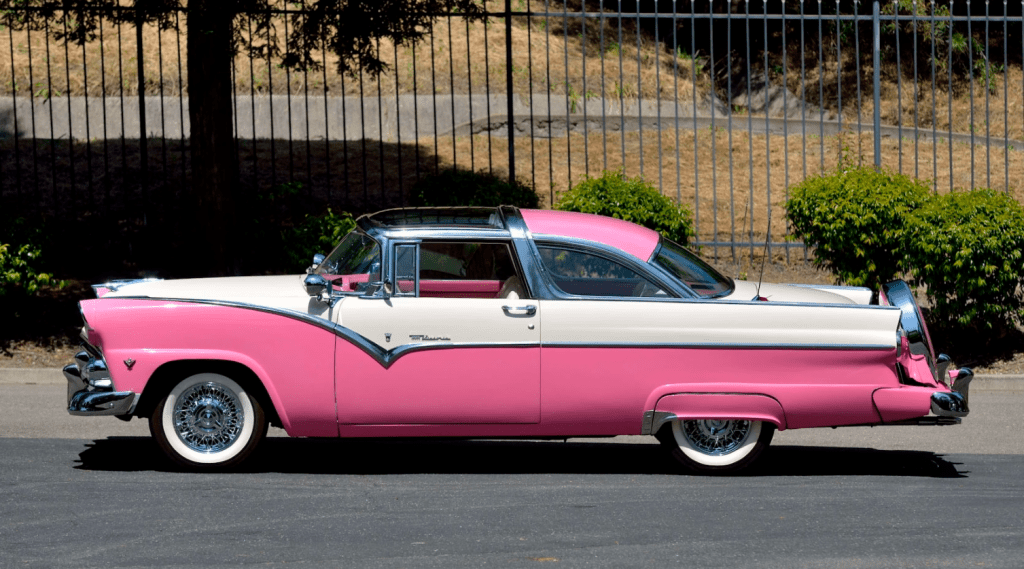

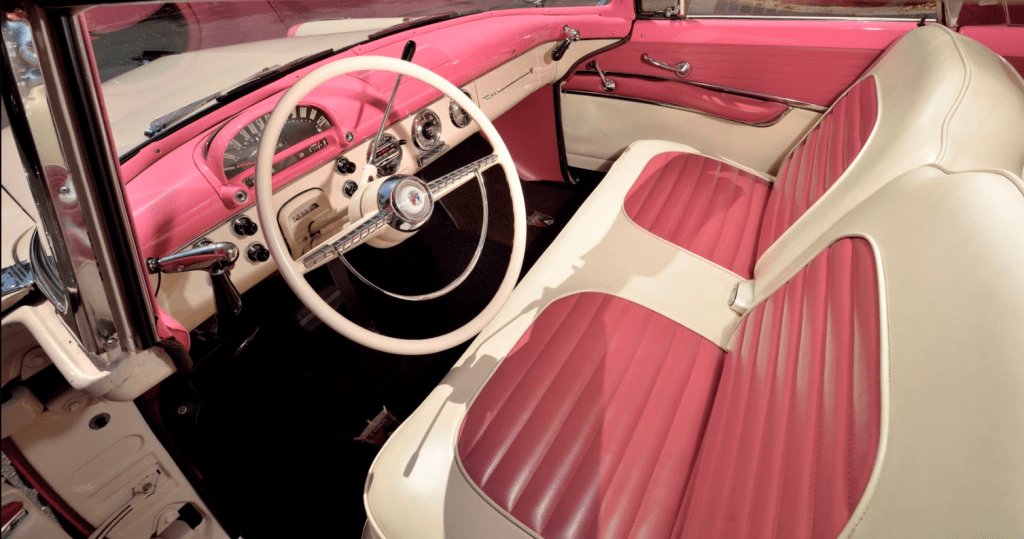
In its debut year, 1955, there were six Fairlane versions initially: two-door and four-door sedans and hardtops, a two-door convertible and a station wagon. One of the coolest was the Crown Victoria, almost wrapped in stainless steel. It featured a tinted, transparent plastic roof over the front seats. The convertible was called the Sunliner, also two-toned.
The engine options were a 223-cu.-in., 3.7L straight 6-cylinder, and a 272-cu.-in., 4.5L V8. Soon, there was an optional 292-cu.-in., 4.8L Y-block, known as the Thunderbird V8.

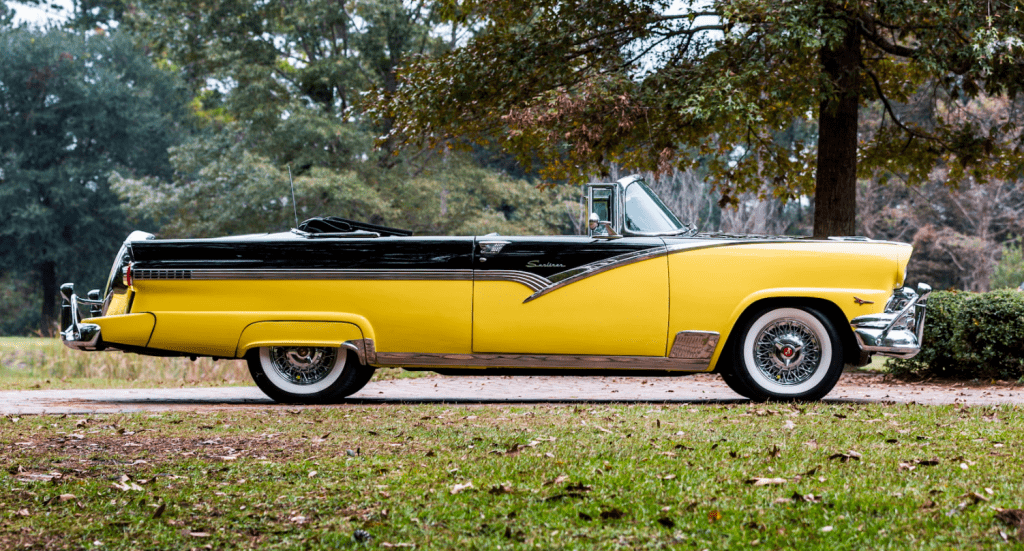

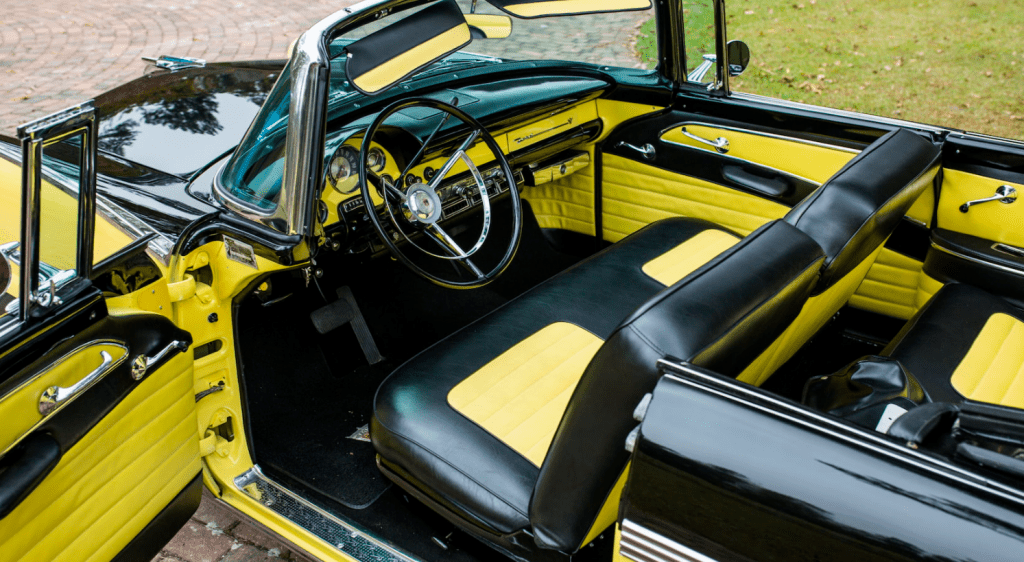
A few cosmetic changes, different versions and engine options were new in 1956. There was a two-door station wagon and two more-powerful V8s. Still, the Fairlanes, especially the Sunliners, had to be the most striking cars you could see on the road. The stripe, the two-tone paint, the marvelous shiny chrome (don’t we all miss chrome?)—it was art on wheels.
Then, it was time for the second generation to hit the street.
The chrome Fairlane stripes, unlike the previous, started from the hem of the headlights, brushing into a wider line flowing straight, then taking a tilt upward and finishing along into the sleek and very long rear quarter panels. Front to back, the Fairlane measured 207.7 inches, just over 17 feet long.
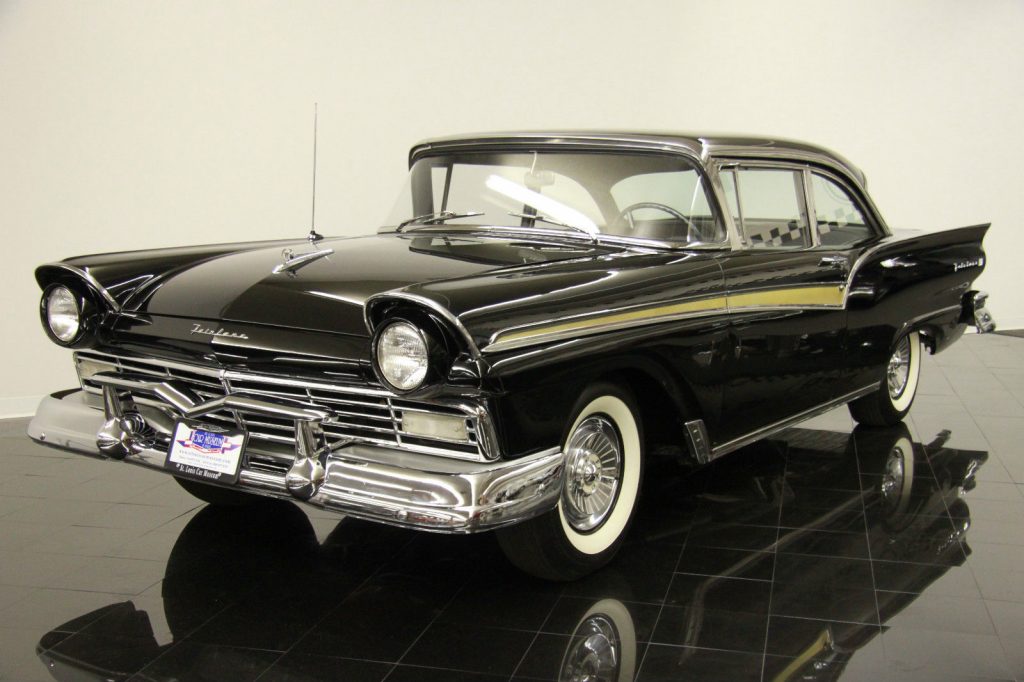
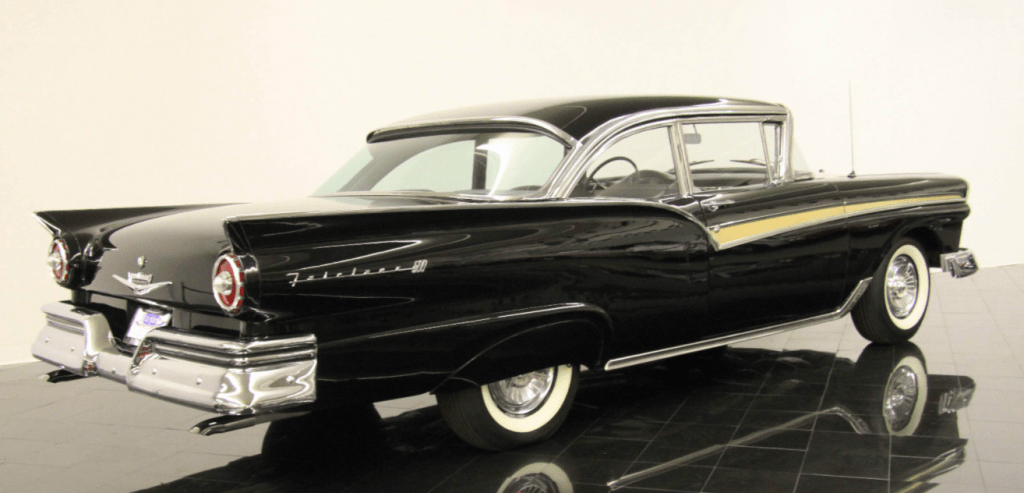
A retractable hardtop was included on the Fairlane 500 Skyliner. It featured front hinges that allowed the hardtop to fit into the trunk space with the touch of button. The 500 Skyliner cost more, but it was cool, and buyers were drawn to it. Another all-star in the ‘57 lineup was the Fairlane Town Sedan, which featured a special Thunderbird 312-cu.-in. V8 that put out 245 horsepower.
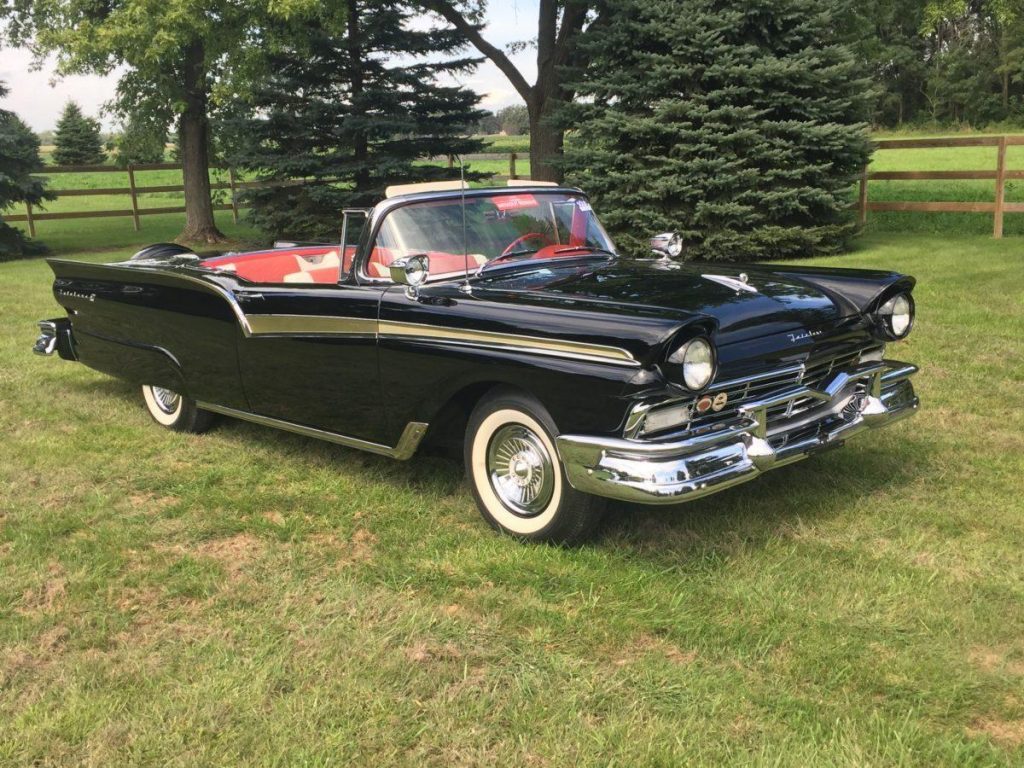
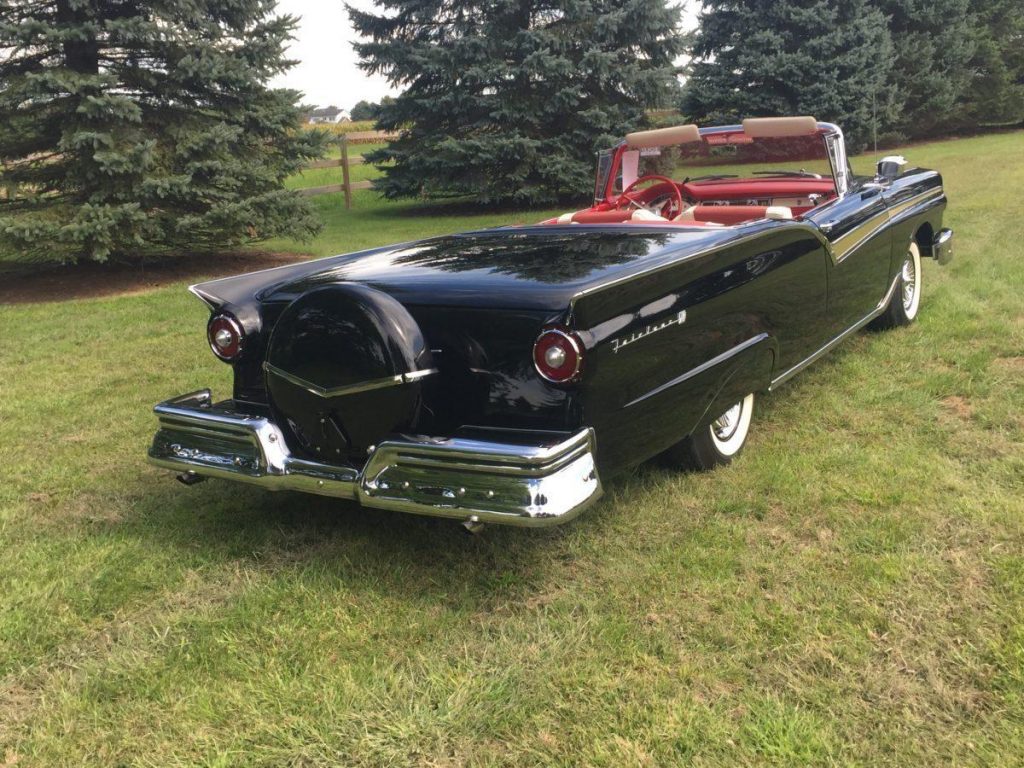
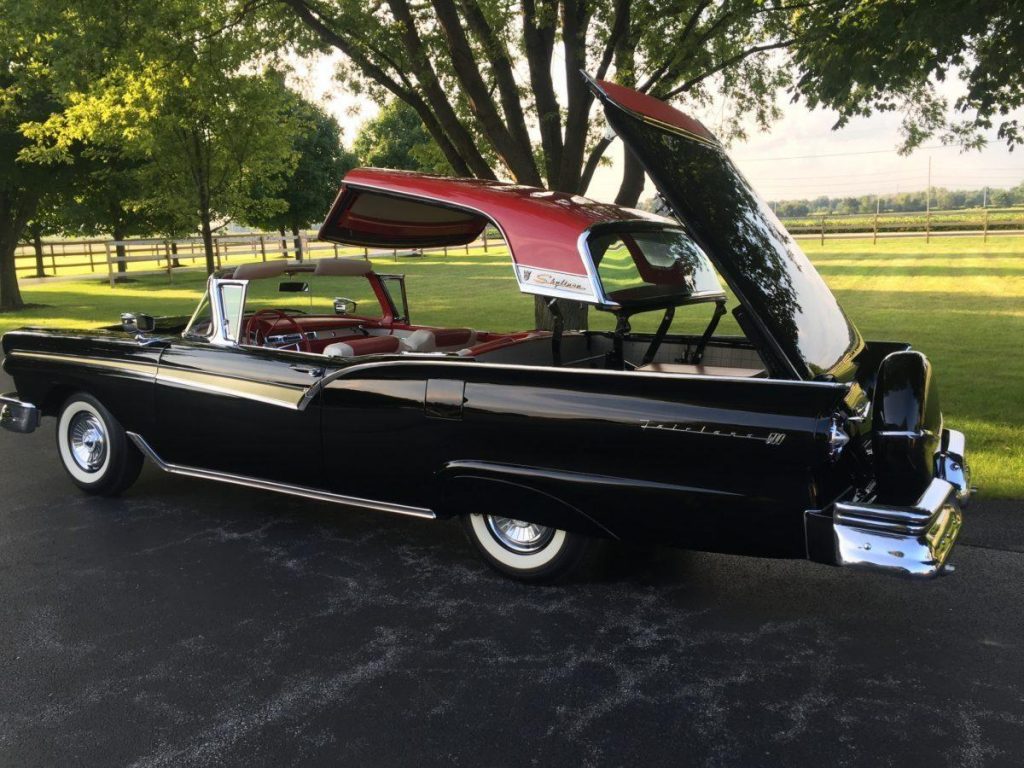
For many car lovers and Fairlane fans, the ’57, the first of the second generation of the model, is the classic Fairlane. And why not? It wore the strip well and was designed, it seemed, to look as if it were flying while parked on the street.
Even looking at the car with today’s modern eyes, the ’57 Fairlane looks exciting and hip, years younger and more energetic. It looked like a cool, sporty younger brother of the previous Fairlane. Wide and low, sleek and long, with those sexy new tailfins and eyelid headlights. It was a hit with buyers.
1957 marked the first time in 20 years that Ford outsold Chevrolet.
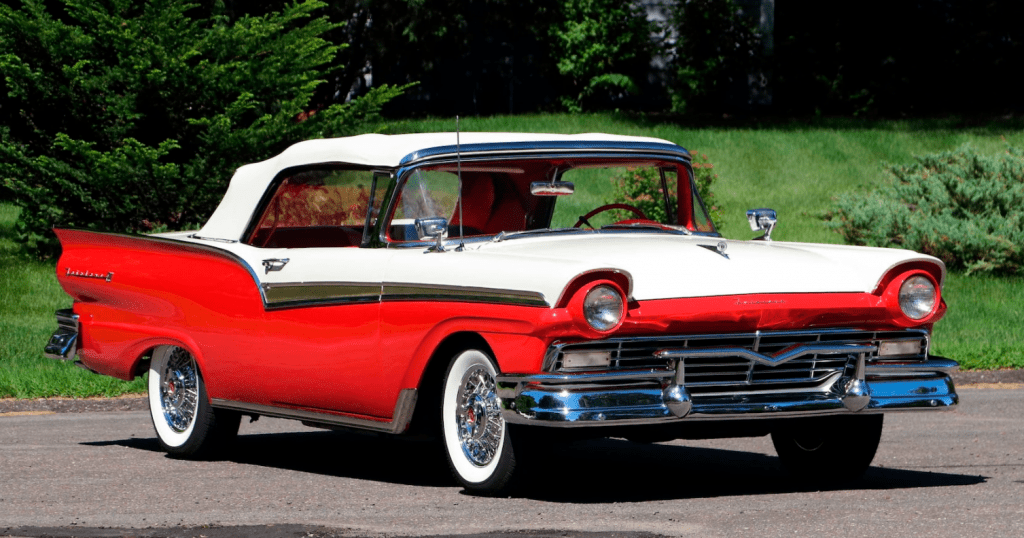

Since the 1957 changes had worked so well, Ford gave the ’58 Fairlane a facelift too. It featured quad headlights and a grille that people say matched the Ford Thunderbird’s. Big changes happened under the hood as well. The ’58 Fairlane featured bigger V8 engines, including the new big-block V8 with 352 CID. Ford also offered up an improved 3-speed automatic transmission.

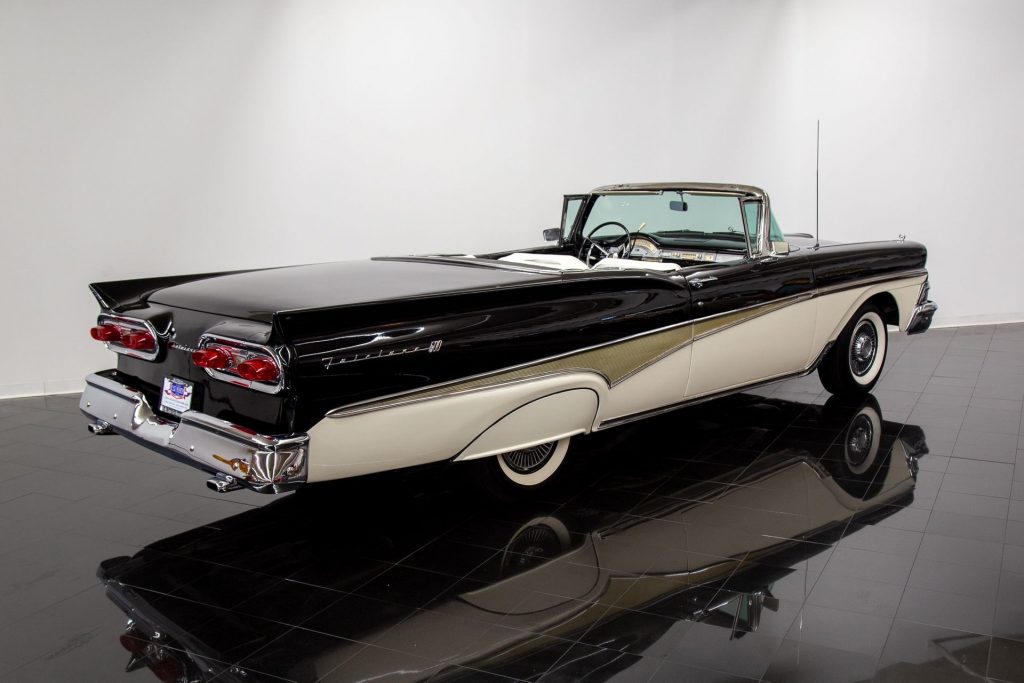
Ford had even fancier ideas for the Fairlane in 1959, the third and final year of the second-gen model. Again, a brand-new look, but this one looked more like a relative than a direct descendant.
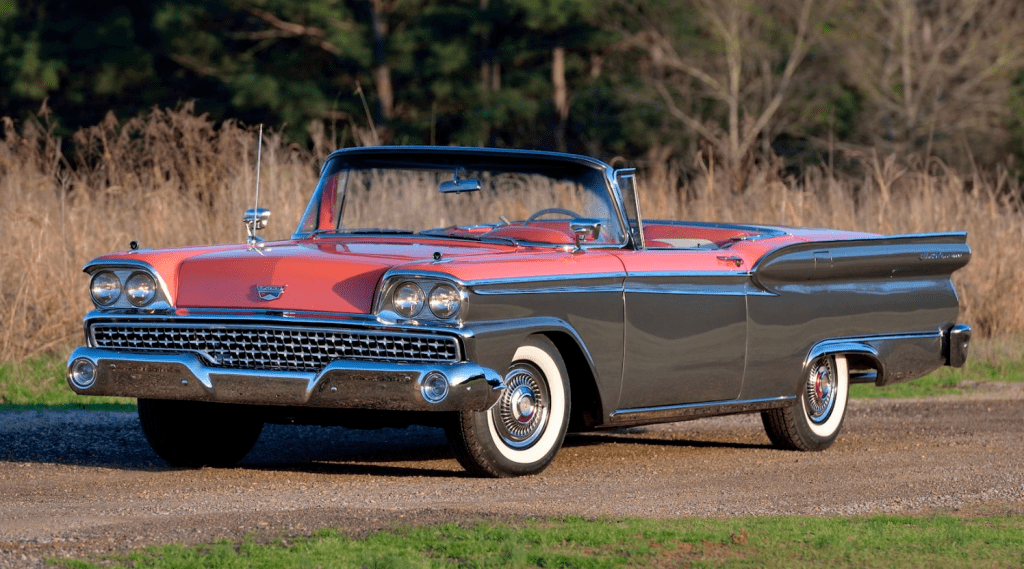
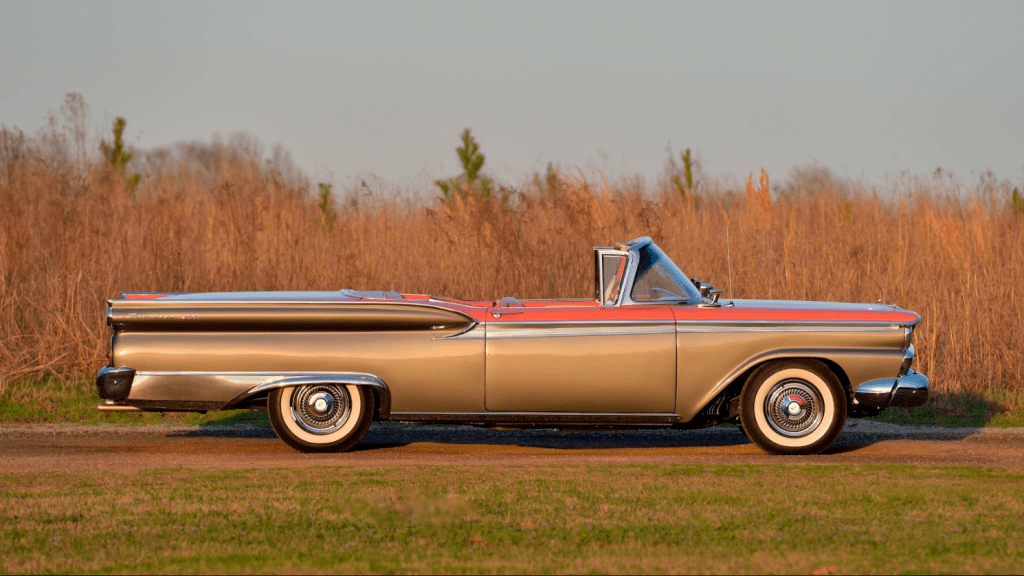
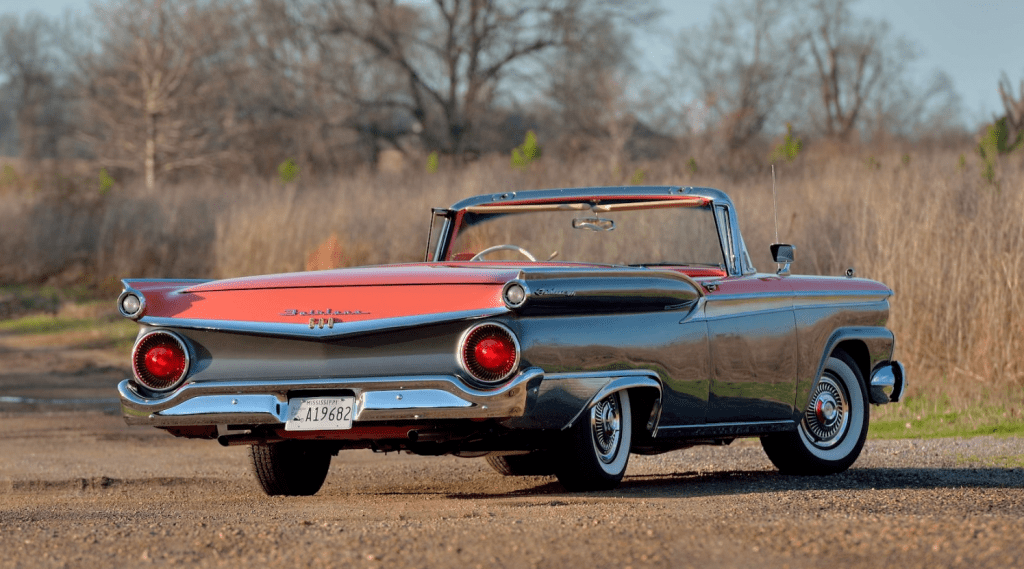
The quad headlights remained, but they’d had some work done, now looking like chrome eyebrows. The hood was broader and flatter. The stripe was diminishing―at least it was moving up in the world, in that it wasn’t so prominent anymore on the side. It was higher, paused at the top, went to the back edge of the front doors, then jumped up and rode along the long, (very) long top rear fender to merge with the tailfins.
Still very cool and still there. Just different.
The second generation of Fairlanes introduced a new model that would, in a way, take the spotlight off the Fairlane…when the Ford Fairlane Galaxie was rolled out. It featured Fairlane and Galaxie badging. Eventually, the Galaxie would become its own model, and Fairlane would lose some of its position, and allure, in the Ford lineup.
Cars morph, for certain. Over time, even “modern” cars change their looks, and we get a fresh look after a few years.
That’s not what happened to the Fairlane.
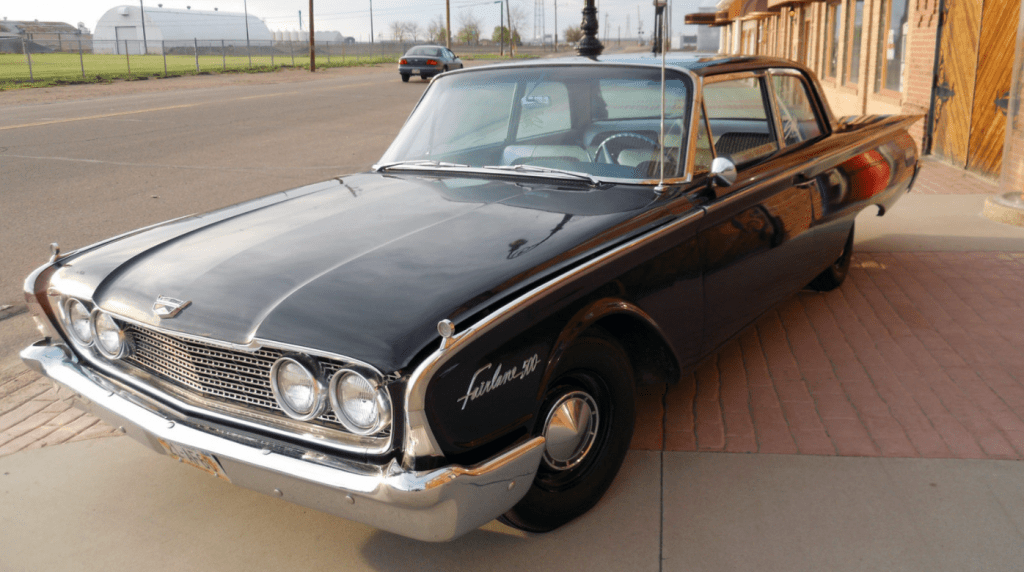

The third- and fourth-generation Fairlanes, spanning 1960–1965, took a step back as far as design, as if the backup design team at Ford had taken over.
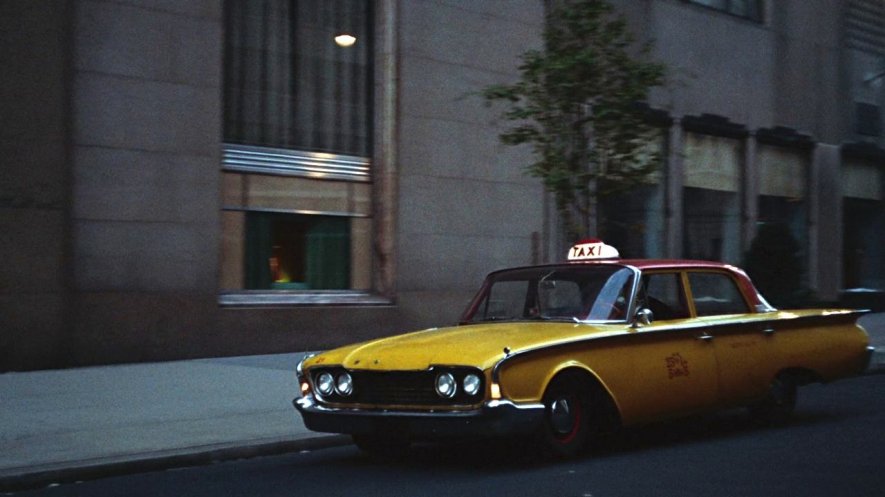
As mentioned before, the Galaxie series, which was birthed by the Fairlane, was the new star of the Ford lineup (no pun intended).
Fairlane had lost its luster. Base-level Fairlanes eventually became the source for taxi and police car fleets.

The Fairlane lasted from ’55 to ’70, covering seven generations in all. It gave birth to a number of nameplates, including the Crown Victoria, the Ford Five Hundred and the Galaxie, of course.
And even though it changed its look perhaps more than any other Ford model, the Fairlane created and kept fans along the road and along the way.
Early Black Friday Savings Have Begun! Save 10% off site-wide + FREE Shipping on orders over $199. Wide Selection of IN-STOCK coilovers, shocks and suspension kits made in the U.S.A. Sale ends 11/28. Shop now @ https://aldanamerican.com/